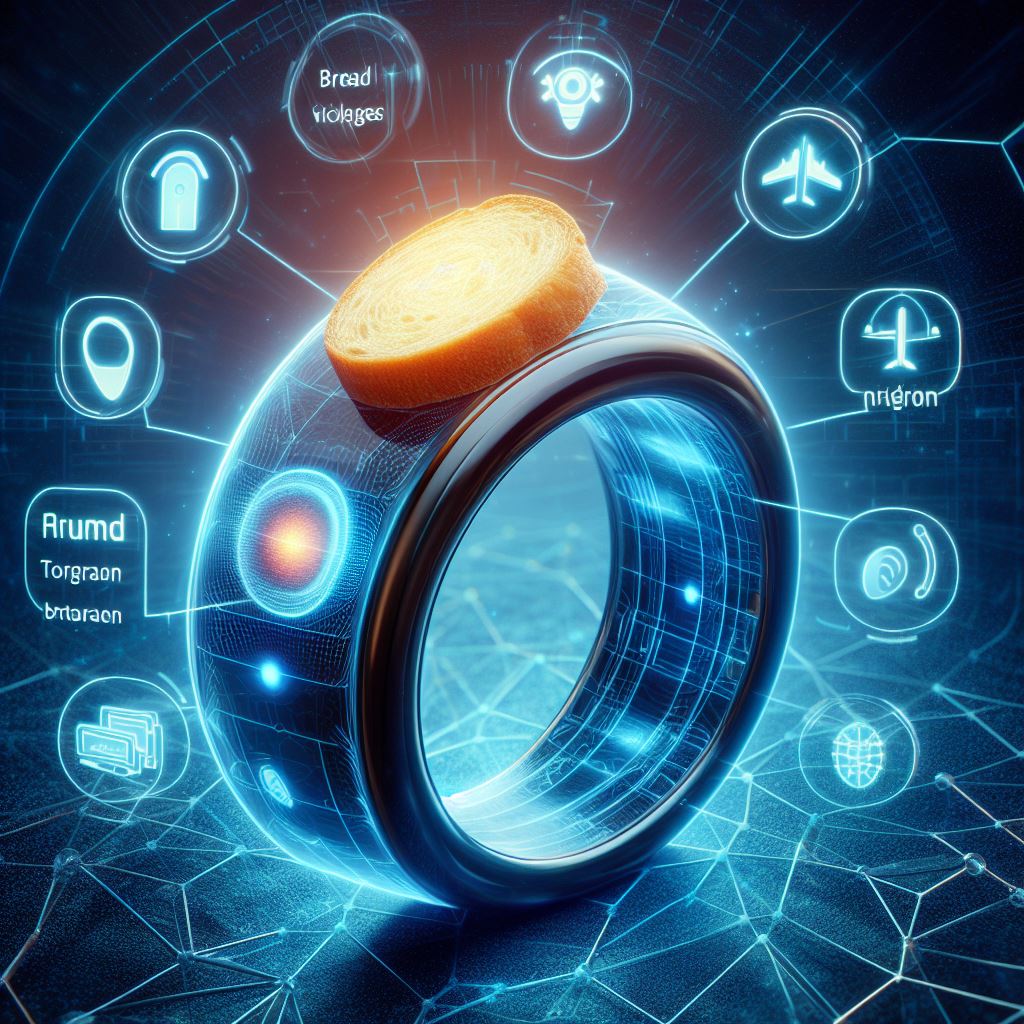It was just after 2010 that we read trickles of wearable devices that could come in the form of a ring.
The idea was simple technology that was light to carry with the convenience of linking the user with an array of computerized efficiency.
No ad to show here.
That was the beginning of what is now known as the smart ring, a little ring on your finger to track sleep, monitor health, and on some selected designs, allow users to make payments.
What is it?
It is a ring, in essence, that goes on any user’s finger and can be programmable enough to make life a little easier. Think of programming the ring to allow your phone to go straight to the grocery checklist every time you tap on your phone.
It’s not necessarily the latest in wearable technology when we look at some hiccups in launches across producers.
These rings are computerized and equipped with sensors to gather data just as easily as a smartwatch would.
The sensors on the ring can track biometrics like heart rate, blood oxygen temperature, stress levels, and even sleep patterns.
What’s special?
Some rings come with Near Field Communication (NFC) payment features as a bonus. This means you can tap your ring at payment terminals to pay for items.
You can use them as a remote shutter to control your device’s camera and control music with simple hand gestures.
The smart ring sector is still growing and promises some interesting functionalities in the future as we see some manufacturers in their third-generation devices which include payment options.
To date, some rings offer platforms for developers to create their own apps and how they function.
While the growth of smart rings does not necessarily threaten any wearable smart device sector it’s important to note that the goal is to provide users with a convenient and discreet way to access information while performing tasks without the need to pull out a smartphone.
The next chapter of styled tech
What may edge smart rings into the contactless future is their addition of Near Field Communication technology which allows users to make contactless payments by tapping their ring on ready devices to make payment.
The ring may not threaten the band or wristwatch market but it’s interesting what trends may ripple into the future as a result of the introduction of the smart ring.
From gesture control, and managing presentations to health monitoring the incoming list of additions and possibilities is endless.
The clear aim is to stylishly fuse tech and humans through functional accessories that seamlessly blend everyday functioning.
As the technology continues to evolve it will be interesting to see how the smart ring fairs in the South African market a market still in its infancy stage when it comes to wearable devices when compared to other regions, globally.
Also read: Sony’s plan for CES 2024, here’s what you need to know
